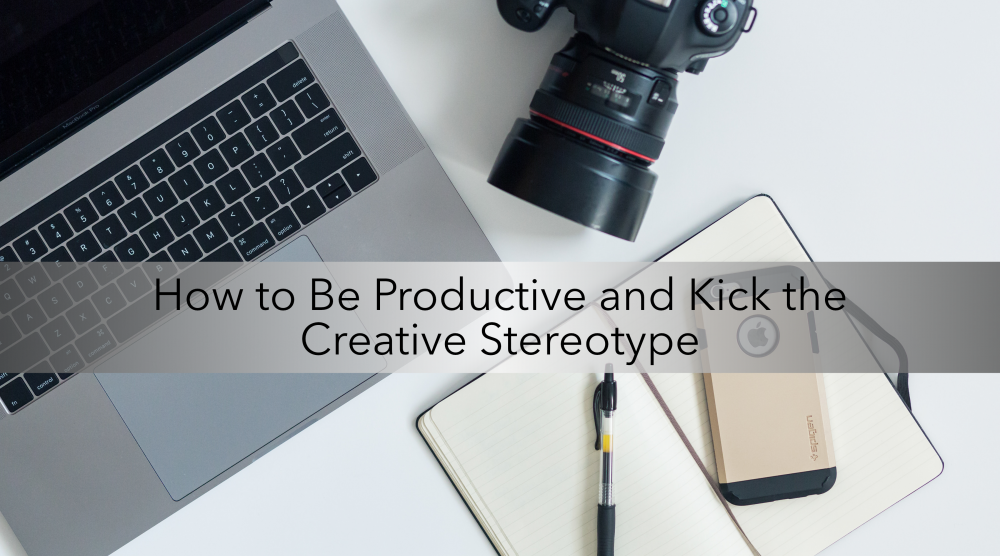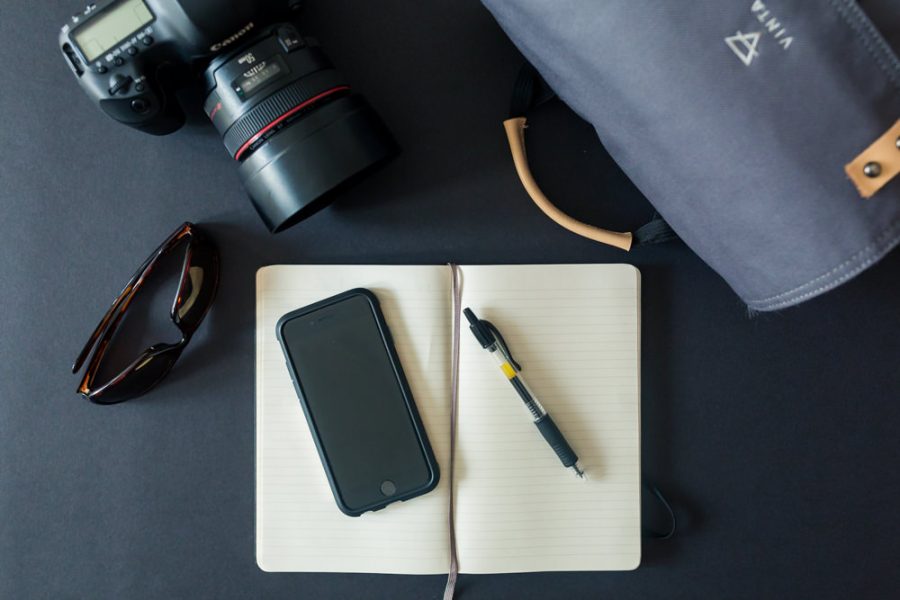Time Management Tips and Tricks
Time Management
There’s this stereotypical ethos around being a Creative: We wake up late in the afternoon, drink copious amounts of hipster-branded coffee, go about our days on a whim, acting as we need to, soaking up the evenings until we crash at 3 a.m. We try to live a lifestyle that invites the world to speak to us and spark a notion of creativity. We don’t believe in structure, parameters, or silly things called “schedules” since they do nothing but compress and limit the flow of artistic vision and inspiration. If you’re a creative who lives this mantra, you need to wake up and smell the dark roast, because, to be successful, time-management needs to be your best friend.
You may not want to believe it, but being a Creative is about 20% doing the actual artistry and 80% everything else. Unless you’re particularly masochistic, that other 80% SUCKS. I’m talking about:
- Marketing
- Landing new leads, social media, blogging, website maintenance, etc.
- Accounting
- If you’re drawing an income off of this, you better be paying taxes—which means keeping track of all your expenses and your income.
- Networking & Community
- Working with other members of your community, like vendors and peers.
Reality check—if you’re always tackling these items as they pop up, then you are not in control of your schedule or your life. I don’t know about you, but I chose to pursue a creative field to gain more control and options with my life. Whether you’re running a side hustle or doing this full-time, being able to plan, set deadlines, and create some semblance of repeatability will allow you more freedom to do your craft and not feel wrong about binging Netflix two nights a week. So, where do you start?
Working Hours
Yeah, I know, this is probably one of the last things you wanted to hear. But guess what, it makes a difference. I work a full-time job as an engineer on top of being a photographer, so working hours are super important for me. Here’s why:
- Deadlines make us efficient. I have to get my photography work done between the hours of 4 p.m. and 8 p.m. every weekday. We all love a deadline, right? Nothing is more motivating than saying, “I have X amount of time to complete this task. I can’t be sitting on Facebook or Instagram with this giant mountain of work!” Get to it! And if you don’t finish, guess what? Tomorrow is another day.
- It sets Client Expectations. Say you don’t want to work until 2 a.m.? Or what if you only want to answer emails and hold meetings from 8 a.m. to 11 a.m.? Well, you can’t do that unless you have set hours for those activities. Tell your clients when you’re available, and they’ll work in those blocks. I don’t schedule photo sessions on Saturday afternoons between September and November because I want to attend all my Georgia Tech football games. I won’t do client consultations after 7 p.m. on weeknights or 4 p.m. on Fridays. My Clients never complain because they know the rules. Your clients may ask for exceptions, and that’s your decision to compromise.
- It reduces burnout. Don’t get me wrong, when I’m in a strong flow and am knocking out wedding gallery edits, I can work until 2 a.m. without dinner and not even realize it. But on those sucky days when you’re going through your bank account and reviewing expenses, there’s nothing better than the alarm going off to say, “Stop working! You’re done for today.” Yes, I have alarms on my phone to tell me to stop working.
Singular Focus
Multitasking is bullshit. It’s a lie and reduces your overall efficiency. I know, I know you’re balking at me right now—but lemme explain with a story:
It’s the beginning of your workday, and your goal is to write a new blog post about why Batman is better than Superman. You knock out your opening paragraph and are about to start the next one when you get an email notification. You check your inbox and see a question from a client. Five minutes later, you’ve answered their query and are back to blogging. “Wait, how was this paragraph going to start? Lemme re-read the previous one to get back in the zone.” That takes at least 1 minute.
Halfway through that paragraph, you get a notification on Instagram from that cute barista commenting on your not-so-subtly tagged post about their fantastic brew. Three minutes later (30 seconds for the mini-happy freak-out and 2.5 minutes for figuring out how to respond casually), you put down your phone and get back to your blog post. “Dang it, I gotta go back again.” Now it’s 2 minutes to start writing again because you’ve got more content to review and recommit.
Now you’re cooking. The creative juices are flowing, and you’re cranking this post out, hitting your penultimate point that the human aspect of Bruce Wayne is what makes him a hero when you get a calendar notification. It’s time for a client consult.
Starting to see the trend here? Every time you take a break to switch tasks, you waste a minimum of 1 to 2 minutes just changing mental gears. That blog post should have taken maybe an hour. Instead, it consumed a full day. This situation can apply to any set of tasks. You can schedule overlap of passive and active duties to maximize your time (I answer emails while my wedding galleries upload to my online platform), but try to keep them in the same ballpark for left vs. right brain usage, so it’s easier to transition.
Planning
I like to spend an hour every Monday planning for the rest of my week. Knowing what you’re going to work on and when helps relieve the worry of dropping the ball. How often do you sit down to answer Instagram comments when suddenly, “Crap! Did I send that follow up email to Jane Smith about her design feedback?”
If you know when to perform specific activities, you can stop wasting mental energy trying to keep track of it all and focus it on the task at hand. Keep a list, make a schedule, and set deadlines. Now you have to execute. Spend one day a week figuring out when things need to get done, and then the rest is smooth sailing.
Summary
When you combine Working Hours, Singular Focus, and Planning, you can finally have control of your schedule. You can tell a friend, “Yeah, let’s get drinks next Thursday,” not worry about dropping the ball on a client project and make it to drinks adequately showered and dressed. A lot of people will say they don’t have time to make a schedule or plan things out. I’m telling you right now, that’s because they haven’t made time to plan things out. Chaotic, busy schedules are a direct result of not planning things out beforehand and sticking to it. If I can be a successful photographer by only working 12 to 16 hours a week, think about what you can do with a full 40 hours with time management.






